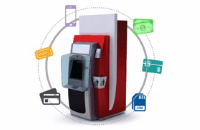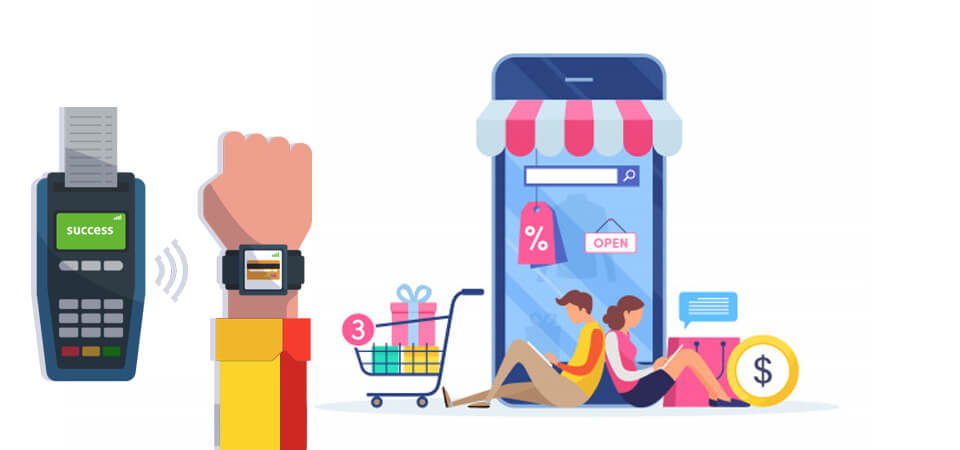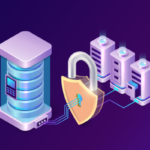The nature of banking and payments in general have changed drastically as the digital age has taken over. Here are top payment trends that are driving the future of banking:
Generation Z
Generation Z closely follows the millennials and has grown up around smartphones, tablets, internet access etc. Using technology to pay instantly is second nature to them. Accenture conducted a survey in 2017 and found that 68% of Gen Z finds person to person payments interesting and 69% use mobile payment apps daily or weekly. More than that, Gen Z is more engaged than ever with payment options, using call centers and local branches to find out more about their payment plans. They are the driving forces behind changing norms in the banking and payments sector because they demand more.
Unified Payment Solutions
A survey by Accenture revealed that 23% of users would discard their mobile banking app in favor of a unified mobile wallet. Services such as Apple Pay, Google Pay and Samsung Pay have been taken up by 49% of the users surveyed. Only 28% continue to use their mobile banking app. Convergence and convenience is the name of the game and banks will hemorrhage customers if they don’t get on board.
Instant Payments
Mobile payment apps, the proliferation of fintech and mobile banking have set the stage for instant payments to become one of the top payment trends. The ability to pay bills and buy products 24/7 and increased transparency has made instant payments more desirable than cash or cheque payments. Instant payment options also offer discounts and bonus offers unavailable through COD and cheque payments.
Open APIs for greater collaboration
Banks are more inclined than ever to collaborate with fintech and mobile payments players around the world. The market has forced their hand to develop open APIs for third party partnerships and a more complete customer experience. US banks have recently launched Zelle, a one API based service that links thousands of banks and millions of customers. MasterCard and VISA have taken similar steps. IBM has also jumped the bandwagon and added its API Management platform for use in the API economy. IBM’s API Connect tackles the complexities of managing APIs. It simplifies API creation, integration, consumption and management, reducing development cycles from weeks down to days or even hours. This allows developers to focus on innovative development and create the next great mobile or web application.
The Merger of Banks and Fintech
Fintech adoption is on the rise across the world, especially in countries with large unbanked populations, however Fintech firms lack the infrastructure and technical expertise to scale up their operations. PayPal has succeeded but few remember the failures of Beenz and Flooz; the companies managed to survive for just 2-3 years. Collaborative fintech investment has seen a rise in North America (37% of total investment) while it remains on the steady rise throughout the world (18%). Banks stand to benefit from the ease of registration with such services compared to opening an account.
Contactless Payments & QR Codes
Research provided by MasterCard shows that almost a quarter of Europeans (175 million) don’t object to paying with wearables, i.e. NFC rings, smartwatches, smartphones, fitbits etc. ABN AMRO bank and numerous others are collaborating with MasterCard to deliver these payment options across various venues. Australia leads the world in contactless payments, accounting for one third of retail transactions. On the flip side, QR codes have taken off in China. Over 400 million people in China use AliPay and WeChat Pay for transactions every day. VISA has also launched a QR Code service as part of their M-PESA fintech platform in Kenya, Rwanda and India.
The Use of Blockchain for Cross Border Payments
One of the most talked about payment trends is the use of blockchain for cross border payments. Rising interest in Cryptocurrencies and Blockchain technology has caused big tech companies like IBM and major banks like Banco Santander in Spain to adopt it for cross border payments. The latter allows for payments across Europe and North America. Standard Chartered, Rakbank and Axis Bank have jointly adopted the Ripple blockchain for instant cross border payments. Other companies like SWIFT and Wyre are building independent blockchains to do the same. The allure of almost no fees on international transfers will ensure blockchain’s adoption worldwide.
Encryption & Tokenization
Digital transactions have led to the encryption and tokenization of individual transactions. Each transaction can be represented by a different code online so that the theft of that code is useless for carrying out any other. Already blockchain technology allows for dynamic identities for transactions and services like Android Pay do the same.
Reducing Fraud Through Innovation
Credit card fraud has increased by 18% since 2013 and 2018 is estimated to deliver $31.3 billion in card losses worldwide. Despite the advent of EMV chips, fraudsters continue to out innovate banks. Criminals mix stolen information with fake facts to create synthetic identities online. Synthetic identity fraud losses are in the billions and can not be caught by existing fraud detection models because they operate on transaction verification.
As the options for authentication increase (fingerprint, facial recognition, NFC), so do the potential instances of fraud. To combat this, an increasing reliance on two factor authentication is recommended. Multiple touch points such as the user profile needed to access an account and the device used to access it can be paired to produce a more secure identity. One such solution is AllWebID Identity Manager which secures the digital lives of your customers. It provides multiple options to facilitate two-factor authentication in all types of situations (at work, at home or on the move), and also manages the digital identities. Banking channels can utilize the multi-factor biometric authentication solution to secure login and transaction approvals.
Behavioral recognition through machine learning is also on the rise to detect erratic or unusual activity on an account. Also, adherence to streamlined global standards such as the Revised Payment Service Directive (PSDII) can help to catch fraud before it occurs.
Bridging the Gap Between Front-End and Back-End Payments
Corporate and Retail Consumers experience fast and fluid results at the front end of payment systems but there is a lag at the back end such as with the core processing systems of the firms utilizing such services. For example processing a cross border payment through a fintech service maybe fast but processing it through the local bank at either end may take days instead of hours. ISO 20022 adoption and back end innovation forced by the rise of front end innovation will likely streamline these systems in the near future or replace them with faster, more seamlessly integrated systems.










Leave A Comment